Continental’s New Sensor Tech Measures Heat In EV Motors, Claims To Reduce Rare Earths To Protect Magnet
- By MT Bureau
- June 04, 2025
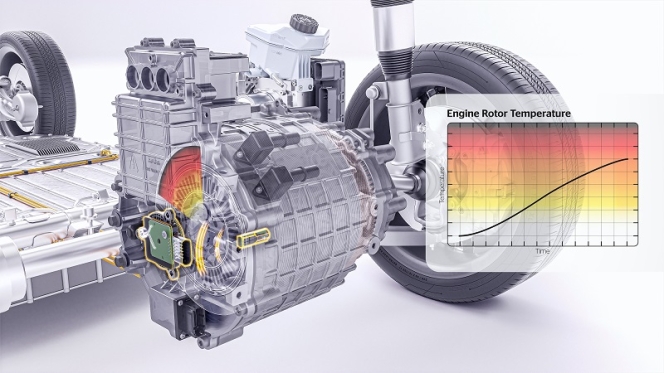
German automotive technology giant Continental has developed a new sensor technology that is said to significantly enhance the efficiency and sustainability of electric vehicle (EV) motors.
For the first time, their new e-Motor Rotor Temperature Sensor (eRTS) directly measures the temperature inside permanently excited synchronous motors on the rotor itself.
This innovative approach delivers substantially more precise measurement results than current software-based temperature simulations, drastically reducing the tolerance range from 15deg Celsius to a mere 3deg Celsius. The enhanced accuracy offers a dual benefit for vehicle manufacturers: it enables them to reduce the reliance on costly rare earth elements used to boost magnet heat resistance and simultaneously improve potential motor performance. This, in turn, paves the way for greater sustainability in EV production.
The eRTS is a key development from Continental's E-Mobility Sensors (EMS) product centre, which is dedicated to creating advanced sensor technologies for electric vehicles.
Bin Huo, Head of Passive Safety and Sensorics (PSS) segment, Continental, said, "With less resource consumption and lower costs, eRTS sensor technology is advantageous over current solutions. This innovation shows that investing resources and focusing expertise in our product centre was absolutely the right decision. We will continue to successively expand our EV sensor portfolio."
Higher Measuring Accuracy
The eRTS system comprises two distinct components: a wireless mote temperature sensor unit positioned close to the magnet within the EV motor and a wired transducer element situated outside the motor, connected to the inverter control.
Rotors operate under extreme conditions, with temperatures potentially reaching up to 150deg Celsius. Consequently, precise monitoring and control of heat development in EV motors are paramount. Presently, heat development is not measured directly but is instead calculated based on data from the stator temperature sensor, phase current measurements and environmental variables. This indirect method results in a tolerance range of up to 15deg Celsius. To safeguard magnets from demagnetisation due to excessive heat, expensive rare earth elements are typically used to cover this entire tolerance range and ensure sufficient heat resistance.
The significantly greater measuring accuracy of the eRTS, which reduces the tolerance range to just 3deg Celsius, presents car manufacturers with new design possibilities and freedom in permanent magnet synchronous EV motors.
A considerable proportion of costly rare earth materials, which would otherwise be required to account for the wider tolerance range for safety reasons, can now be saved. Furthermore, the improved accuracy offers the intriguing prospect of enhancing motor performance by pushing the operational limits closer to the actual temperature threshold.
Christoph Busch, Lead – Product Centre, Continental, said, "Our E-Mobility Sensors product centre aims to increase efficiency and sustainability in electric vehicles. The eRTS technology is a prime example of this: reducing the use of rare earths contributes to a more sustainable supply chain, especially given that the number of EVs is expected to greatly increase in the coming years and decades. In combination with other sensor technologies, such as the e-Motor Rotor Position Sensor, it can even act as a system solution to create synergies that can save car manufacturers money and effort."
Ultrasound Technology
The eRTS's two components, the mote element and the transducer element, work in tandem. The mote temperature sensor unit measures the temperature directly at the target area, as close as possible to the magnet. Crucially, the wireless mote draws its energy solely from the wired transducer, which is connected to the Electronic Control Unit (ECU) and simultaneously provides the transducer with its measuring data. The transducer is located outside the EV motor on the chassis and transmits temperature information to the inverter control via a communication interface. Both the mote and transducer communicate using Piezo ultrasound, which also facilitates the energy supply to the mote.
HMC E-Valley And KPIT Technologies Partner For Micromobility Centre Of Excellence
- By MT Bureau
- December 24, 2025
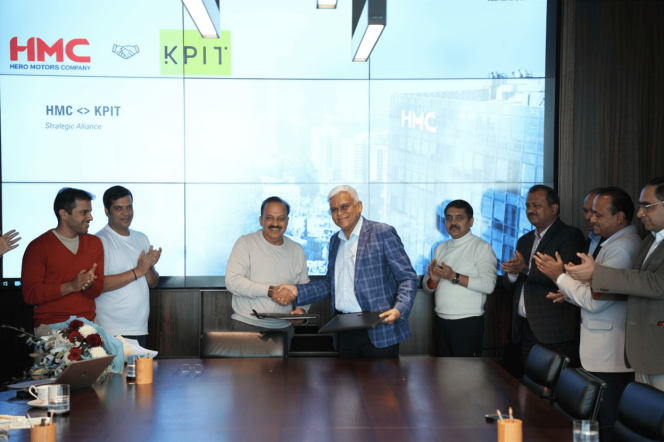
HMC E-Valley (HIVE) and KPIT Technologies have signed a Memorandum of Understanding (MoU) to establish an Independent Centre of Excellence (CoE) in Delhi-NCR. The facility will provide design and engineering services for global micromobility and L-category electric vehicle (LEV) manufacturers, including those producing e-bicycles.
The partnership targets the multimodal mobility market, specifically first-mile and last-mile connectivity solutions such as e-scooters. Industry data indicates that over 50 percent of current travel occurs within these last-mile segments.
The collaboration combines manufacturing and software expertise to develop LEV platforms.
As per the understanding, HIVE will manage business development, client engagement, prototyping and manufacturing enablement. While KPIT will lead solutioning, engineering delivery, programme management, design and software systems integration.
The CoE is designed to create end-to-end capabilities for the LEV segment, utilising KPIT’s mobility technology and HIVE’s manufacturing and supply chain infrastructure.
Pankaj M Munjal, Chairman, Hero Motors Company, said, “The light electric vehicle industry is at a pivotal juncture, demanding a fusion of cutting-edge hardware and smart software. This partnership with KPIT is a powerful convergence of those forces, signifying HIVE’s deep commitment to redefining urban mobility by delivering the next generation of high-quality, sustainable micromobility solutions globally.”
Kishor Patil, CEO & Managing Director, KPIT Technologies, said, “The future of mobility, even at the micromobility level, is defined by intelligent software and seamless systems integration. KPIT’s deep domain expertise in mobility technology will be crucial in equipping the Center of Excellence to develop world-class, cost-effective, and safe LEV platforms. We are excited to combine our software leadership with HIVE’s manufacturing excellence to accelerate the journey toward safer, smarter, and cleaner transportation.”
The agreement aims to accelerate the development of LEV solutions for the global market by integrating AI-driven mobility software with scalable manufacturing.
- ZF Group
- Samsung Electronics
- ADAS
- Harman International
- Christian Sobottka
- Mathias Miedreich
- Young Sohn
Harman To Acquire ZF Group’s ADAS Business For EUR 1.5 Billion
- By MT Bureau
- December 23, 2025
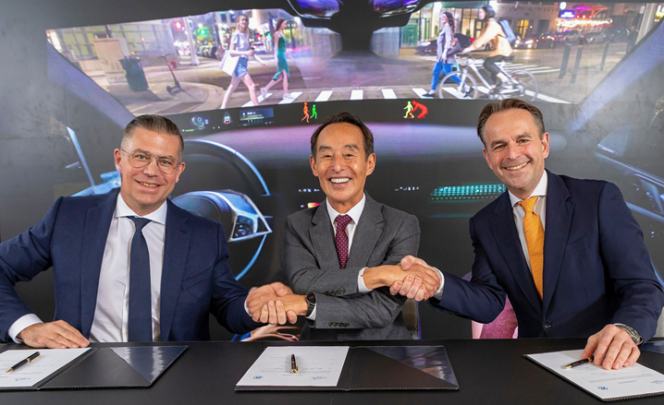
Harman International, a subsidiary of Samsung Electronics, has entered into a definitive agreement to acquire the Advanced Driver Assistance Systems (ADAS) business from ZF Group for EUR 1.5 billion.
The acquisition includes ZF's automotive compute solutions, cameras, radars and ADAS software. Approximately 3,750 employees across Europe, the Americas and Asia are expected to transfer to Harman upon completion of the deal, which is scheduled for the second half of 2026.
The move is part of Harman’s strategy to transition towards software-defined vehicles (SDV). By combining ZF’s ADAS technology with its own digital cockpit products, Harman aims to develop centralised compute platforms. This architecture is intended to link safety and assisted driving functions with in-vehicle connectivity and intelligence on a shared platform.
The integration is designed to reduce system complexity for car manufacturers (OEMs), allowing for more efficient innovation cycles and the scaling of context-aware vehicle experiences.
Christian Sobottka, CEO and President, Harman’s Automotive Division, said, “The industry is at an inflection point where safety, intelligence, and in-cabin experience must come together through a unified computing architecture. With this agreement, we take a strategic step to expand our portfolio with complementary ADAS capabilities that unlock a new class of cross-domain experiences ranging from perception-informed audio cues to more personalized, situation-aware driving. Combined with Harman’s long-standing automotive expertise and supported by Samsung’s broader technology leadership, this positions us to help OEMs design the next generation of intelligent, empathetic, and connected vehicles.”
Mathias Miedreich, CEO, ZF Group, said, “With Harman, we have found the ideal partner to fully unlock the growth and innovation potential of our ADAS business. At the same time, this deal makes an important contribution to reducing our company’s debt and allows us to focus our resources on the core technologies in which ZF is a global leader.”
Young Sohn, Chairman of the Board at Harman, added, “Since acquiring Harman in 2017, the company has scaled its automotive and audio business from USD 7 billion to more than USD 11 billion today. Adding ZF’s ADAS capabilities builds on that momentum. Harman will further expand its technology foundation to deliver safer, more intelligent, and more intuitive in-vehicle experiences. This acquisition reinforces Harman’s leadership in the industry’s transformation and underscores Samsung’s long term commitment to the future of mobility.”
Following the close of the transaction, Harman will align its engineering and ADAS teams to accelerate the development of next-generation platforms. The companies have committed to maintaining support for existing programmes during the transition period. Carolin Reichert, Chief Strategy Officer of HARMAN, noted that the deal represents a ‘major milestone’ and demonstrated the company's ability to execute a ‘complex carve-out.’
Pioneer To Reveal 'Ride Connect' Motorcycle UX At CES 2026
- By MT Bureau
- December 23, 2025
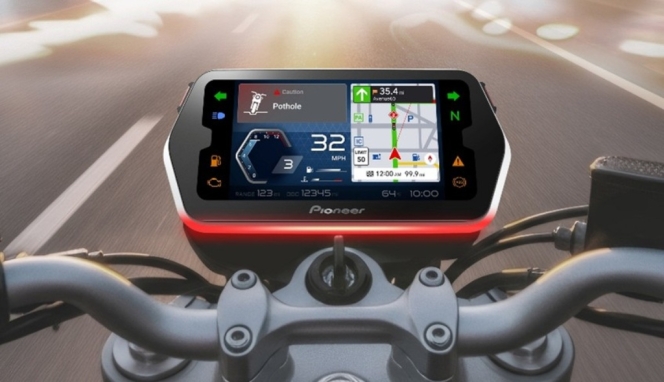
Pioneer Corporation has announced it will unveil Pioneer Ride Connect, a user experience (UX) solution for motorcycles, at CES 2026 in Las Vegas. The system is designed for the production of connected clusters and relies on software updates to provide features to riders.
The solution is the result of a technology collaboration with HERE Technologies. It integrates the HERE SDK, a cloud-based mapping and navigation kit covering more than 120 countries, to provide location-based services for the global two-wheeler market.
Pioneer Ride Connect incorporates several technologies intended to manage hardware costs and smartphone battery life:
- BLE-based Screen Projection: The system uses Bluetooth Low Energy (BLE) to project map images and service information from a smartphone onto the onboard cluster. This method reduces the processing power required by the motorcycle's hardware and lowers smartphone power consumption.
- HMI and AI Integration: The platform features Voice Tap, a voice-based Human-Machine Interface (HMI) for hands-free operation. Edge AI is used to share real-time traffic, weather and hazard data.
- Global Navigation: Through the HERE SDK integration, the system provides routing and traffic information optimised for motorcycles. It includes an offline mode for use in areas with limited network connectivity.
The development follows a partnership between Pioneer and HERE Technologies established in December 2024. The HERE SDK allows for the development of location-aware applications featuring routing and geocoding services across Android, iOS and Flutter platforms.
Pioneer stated that the integration of these technologies serves as a foundation for providing connected services to two-wheeler manufacturers and riders globally.
Seiji Tanezawa, Executive Officer of Pioneer, in charge of business development and strategic alliances, said, “Pioneer Ride Connect is a revolutionary platform that continuously provides software-based upgrades to motorcycles’ UX. By combining Pioneer’s industry-leading expertise in designing a compelling UX with HERE Technologies’ globally accessible Location Intelligence platform, Pioneer Ride Connect transforms the concept of smarter and safer connected two-wheelers into a tangible reality. I’m delighted to unveil our leading-edge technology and ambitious vision at the upcoming CES 2026.”
Deon Newman, Senior Vice-President & General Manager, Asia Pacific, HERE Technologies, said, "Pioneer’s ‘Ride Connect’ brings a smarter, safer motorcycle experience to life - and we’re proud to power it with HERE SDK. Together, we’re making connected services accessible to riders across global markets, with reliable navigation and motorcycle‑optimised routing that work in dense cities to remote mountain roads. It's a meaningful step forward for connected mobility.”
Kinetic Watts & Volts Partners With Jio Things For Connected EVs
- By MT Bureau
- December 22, 2025
Kinetic Watts & Volts (KWV), the electric mobility arm of Kinetic Engineering, has entered a technology partnership with Jio Things, a subsidiary of Jio Platforms.
The collaboration will integrate voice-assisted controls, IoT-enabled digital clusters and connected vehicle technologies into Kinetic’s upcoming electric two-wheeler range.
The partnership aims to deploy a suite of digital features for Indian riders, utilising Jio’s IoT ecosystem, which includes hardware, cloud infrastructure and device management.
The collaboration will introduce several capabilities to the Kinetic EV platform:
- Voice Assistance: Interaction for vehicle functions.
- Smart Clusters: Digital instrument panels providing real-time data and infotainment.
- Telematics: Cloud-based analytics for performance monitoring and diagnostics.
- Fleet Management: Tools for commercial operators to track and manage vehicle assets.
The connected platform will be embedded across future KWV models to provide a standard digital experience across different customer segments.
Ajinkya Firodia, Vice-Chairman & Managing Director, Kinetic Watts & Volts, said, “Kinetic has always stood for democratizing mobility and innovation. With this partnership, we now extend that commitment into digital mobility, bringing voice assistance and connected features to everyday riders, so technology becomes truly intuitive and useful. This collaboration also stays true to our motto of ‘Easy’ a philosophy already visible in practical features such as Easy Key, Easy Flip and Easy Charge; and now strengthened with seamless digital experiences that simplify ownership for our customers.”
Ashish Lodha, President, Jio Platforms, said, “Our partnership with Kinetic exemplifies our vision to build a truly connected automotive ecosystem in India. By bringing Jio’s voice assistance and IoT capabilities to the two-wheeler segment, we are not just upgrading vehicles; we are redefining the interaction between man and machine, bringing the benefits of smart mobility to every Indian rider.”
The partnership seeks to combine Kinetic’s manufacturing experience with Jio’s digital infrastructure to make connected electric vehicles more accessible. Objectives include improving rider safety, increasing digital uptime and providing data analytics for fleet operators.


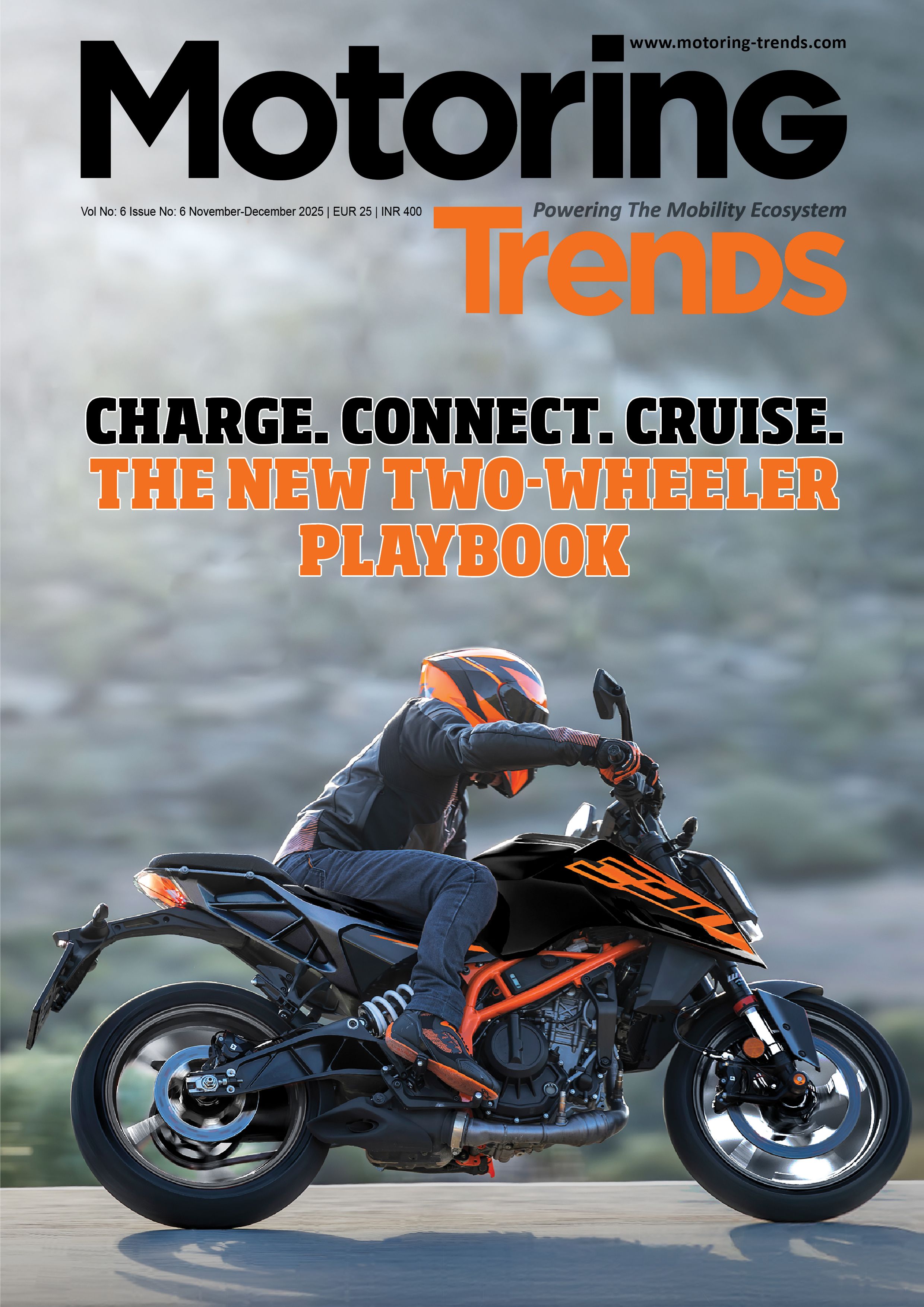



Comments (0)
ADD COMMENT